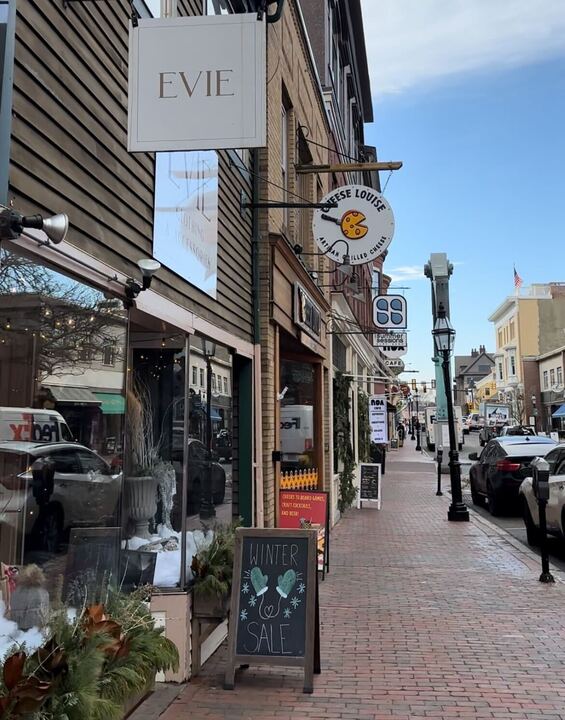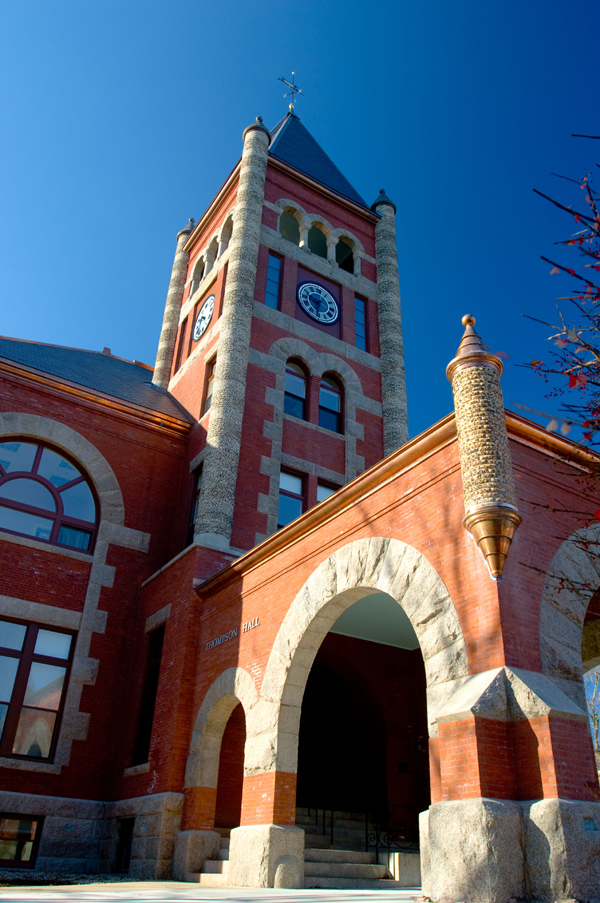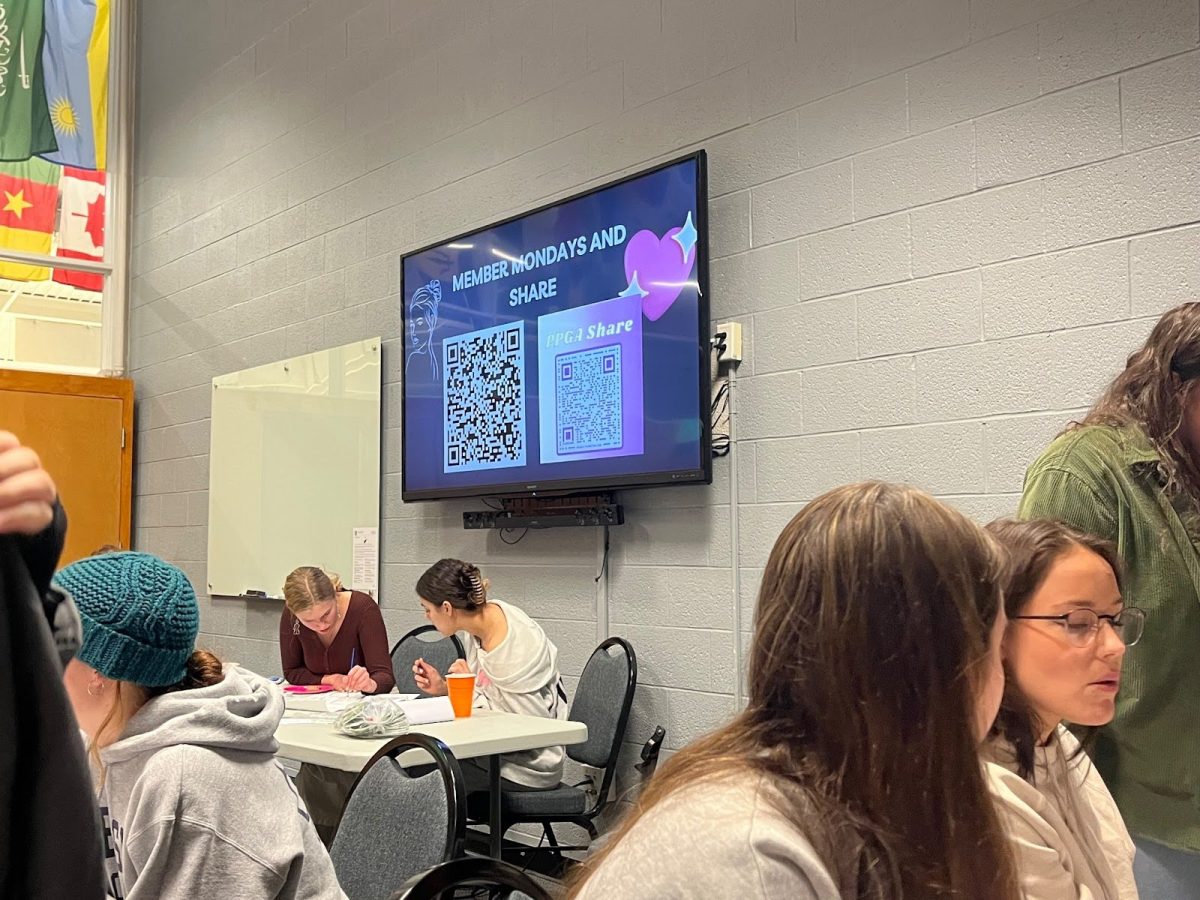UNH associate professor of resource and environmental economics, Shady Atallah, gave a presentation titled, “Climate Change in Your Cup: The Bio-Economics of Shade-Grown Coffee,” in the Memorial Union Building Theater II. He spoke about something he has done extensive research on—the economics of coffee beans, and how climate change is affecting how they are grown and sold.
The presentation, which took place on April 11, fell under this year’s theme of “Migrations, Labor, and Natural Resources.” It was the last talk in the series this year.
Atallah described the plights of coffee farmers, all of which began with climate change. As the Bean Belt, which is the area of the world in which coffee beans are grown, gets warmer, sun-grown coffee beans become infested with coffee berry borers, an insect that burrows inside the bean and causes great harm to it.
The sun-grown system is not ecologically sustainable, Atallah said, and ecosystem services by the shade-grown system include, first and foremost, pest regulation services.
By dropping the temperature by even a few degrees around the coffee plants, there will be fewer generations of coffee berry borers and “more predators to the coffee berry borers,” Atallah said, referring to birds.
In addition, Atallah spoke of product quality improvement, as “shading slows maturation…creates more complex aromas,” often comparing the business of coffee trade and quality to wine.
It’s not as simple as just making the transition to shade-grown trees though, as Atallah, who has a Ph.D in economics, explained through economics. There are certification agencies that require coffee to be grown under a certain percentage of shade.
According to Atallah, not only is this percentage not always ideal depending on the area in which the coffee beans are being grown, but these agencies charge the smallholder farmers for the certification. Sometimes, it isn’t affordable. Also, certification programs can sometimes be combined, but they don’t have similar goals—some, such as the Smithsonian Migratory Bird Center, focus on bird-friendliness, and others focus on other factors.
After Atallah concluded, audience members were welcomed to ask questions. Questions were posed about the economic side and the agricultural side of the professor’s research.
One audience member, Pete Pekins, made a comparison to the dairy industry. He explained that he knows a dairy farmer who bottles their own milk, raises the premium, and “consumers think that it’s special.”
Atallah discussed what inspired him to focus on the economics of coffee.
“I did work as an aid worker for NGOs, and I was uncomfortable when we had to make recommendations that are not based on the economic bottom-line,” he said.
He looked at various systems, particularly in Columbia, after a governmental official in the country told him about the coffee berry borer problem. Atallah had worked on a different system for “wine pests” in the United States, and it was agreed upon that a similar system could transition Columbian coffee plants to a shade-grown, sustainable, pest-free system.
The presentation was open to a diverse public audience, but many attendees were international affairs dual majors.
Some coffee giants such as Starbucks have launched the Sustainable Coffee Challenge, which has the goal of making coffee the world’s first sustainable agricultural product. As Atallah said while showing something called the Relationship Coffee Model, consumers need to “get excited about the relationship with the farmer.”



















